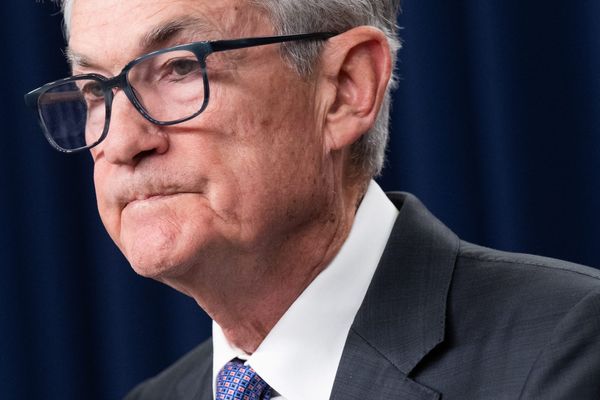
After all that hype, I was expecting a bit more from the Tesla Robotaxi launch.
So far, it's about 10 to 20 vehicles operating in a geofenced area of Austin. They've had their fair share of mishaps as they perform similarly to the civilian version of Full Self-Driving, which is to say, they work fine until they don't. And even Tesla's own website detailing the service feels a bit muted for something that is supposed to represent its transformation into the most valuable company on earth.
But hey, we all have to start somewhere, right?
On this week's Plugged-In Podcast, my co-host Tim Levin and I discuss what we've seen so far from the Robotaxi service and where it could be headed next.
Also on today's episode: I recap my trip to Michigan to see Ford's BlueOval Battery Park project, which should start automotive lithium-iron phosphate (LFP) battery cells next year. Those batteries are seen as key to much more affordable EVs, including those from Ford's so-called "skunkworks" project.
It seems like a win-win, and Ford's executives say it will be. But there's one problem: in order to produce LFP batteries for automotive applications at scale, Ford entered into a licensing agreement and partnership with Chinese battery giant CATL. This has drawn plenty of controversy in Michigan and beyond as state and federal officials fear the security risks of working with a major Chinese company.
How realistic are those fears? We'll look at the facts on this episode. And finally, we take a look at the cheapest new EVs for sale in America—which so far, aren't so cheap. But plenty of progress is being made.
Check out the show wherever you get your podcasts. We're on YouTube, Apple Podcasts, Spotify, iHeartRadio and more. If you haven't yet, please subscribe to the show and leave us a review.
And we're looking to answer more listener questions on the show! Drop your burning questions about EVs, EV buying and the future of transportation below, or email us at podcast@insideevs.com.
Contact the author: patrick.george@insideevs.com







